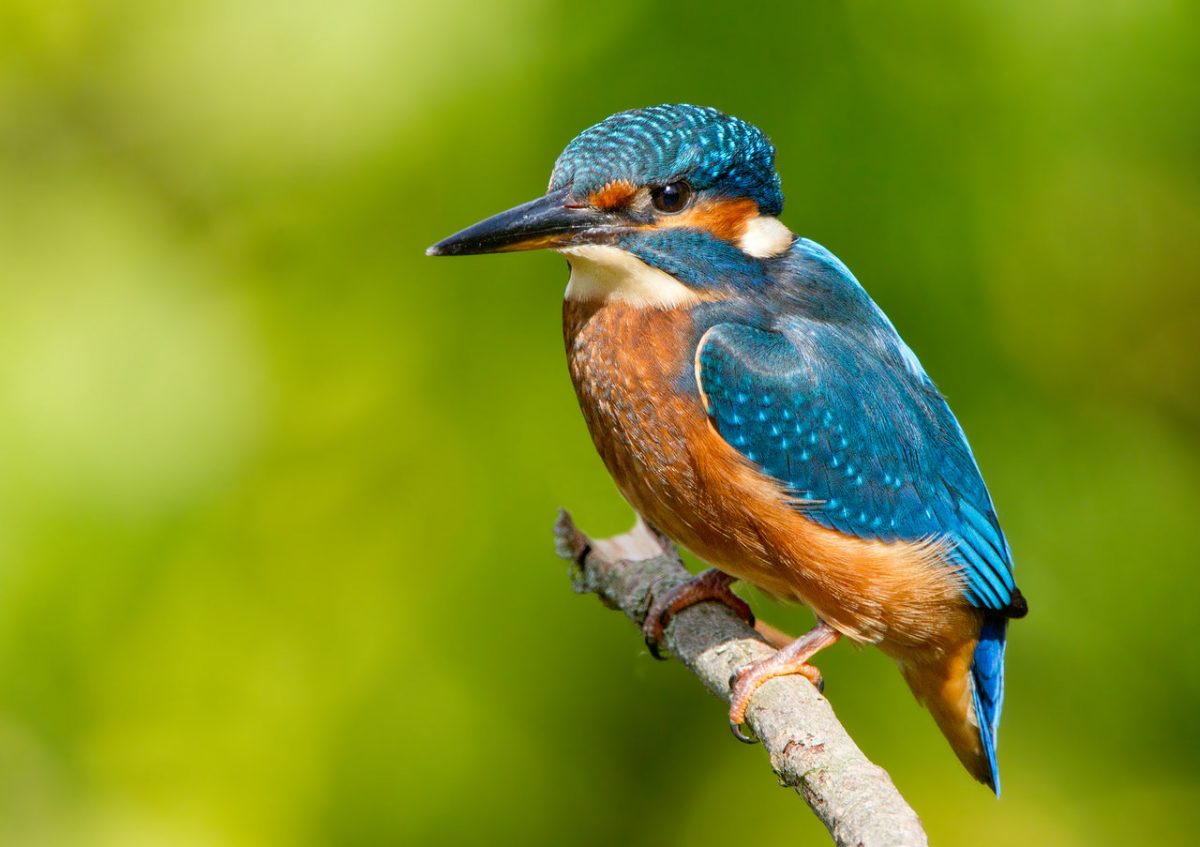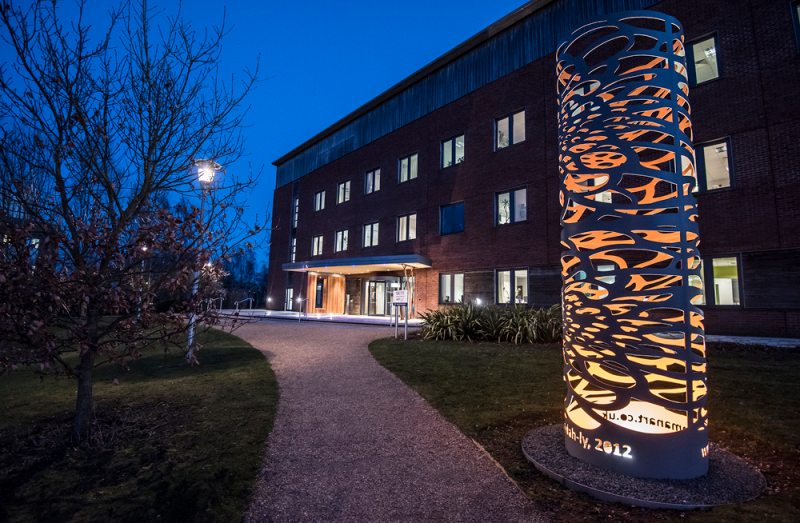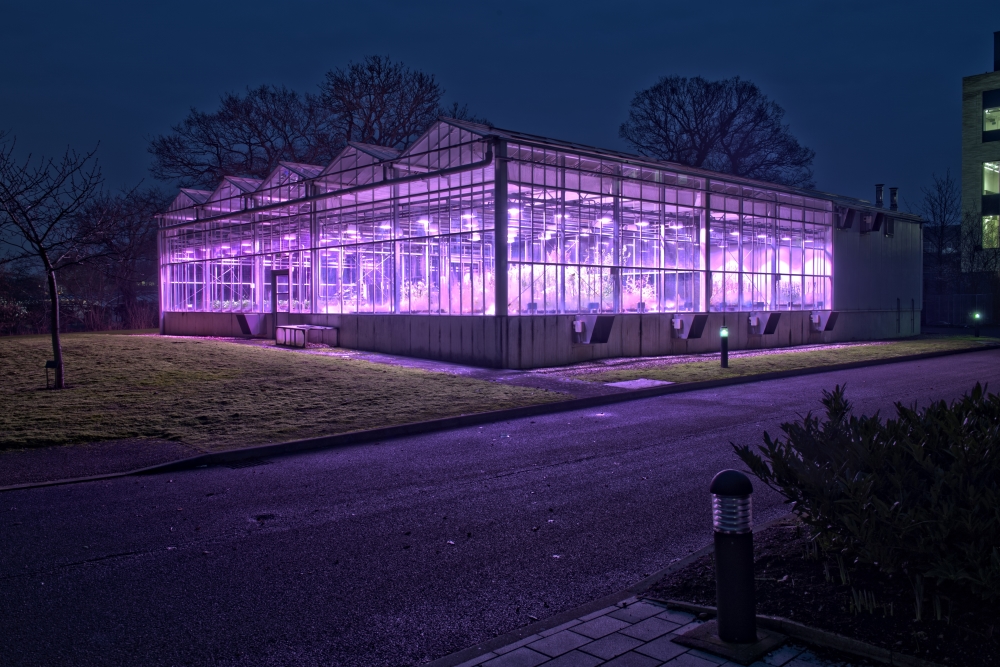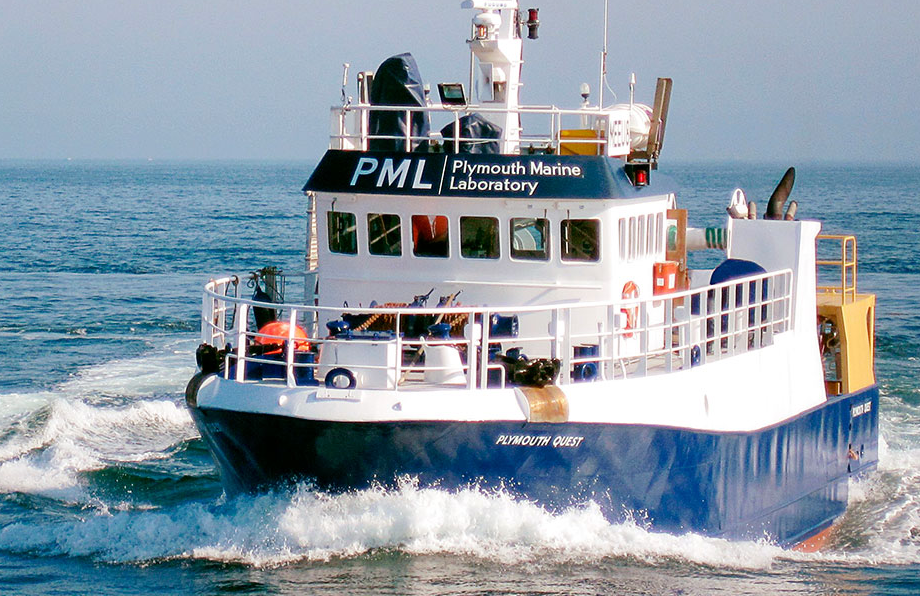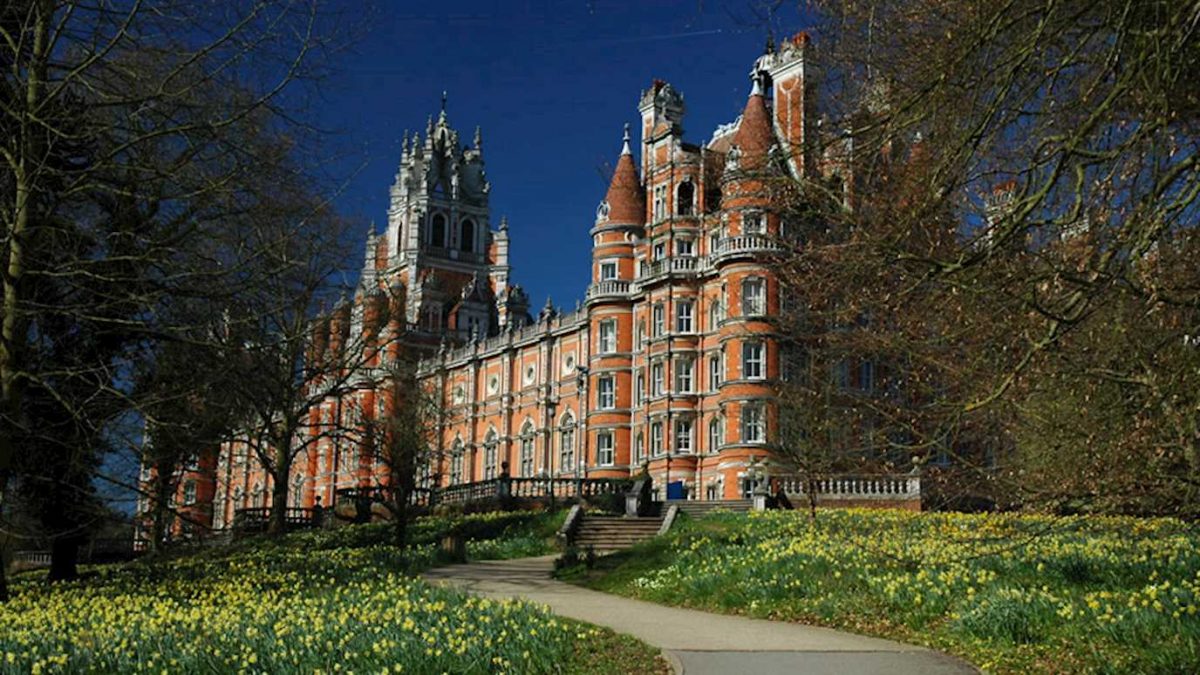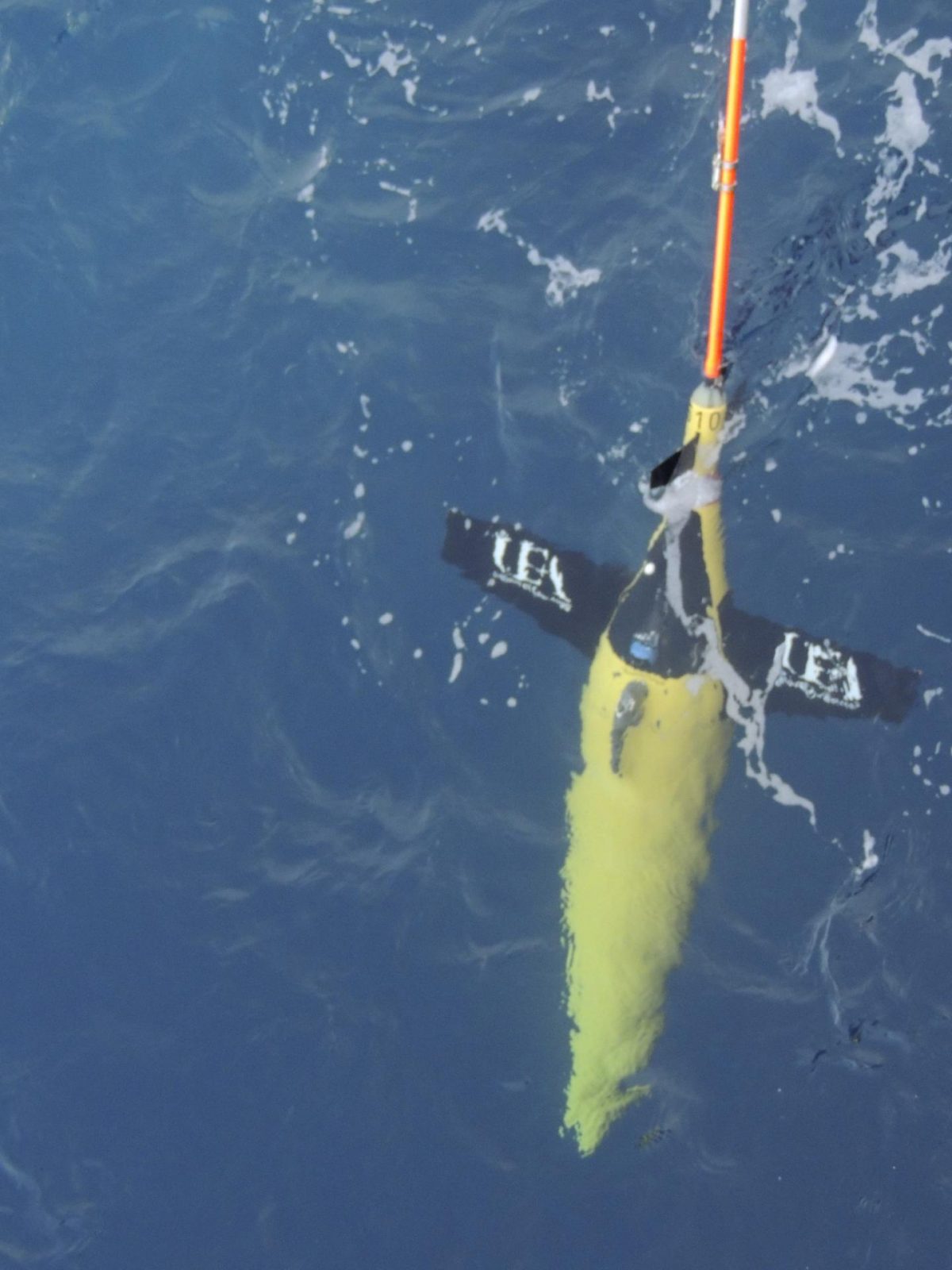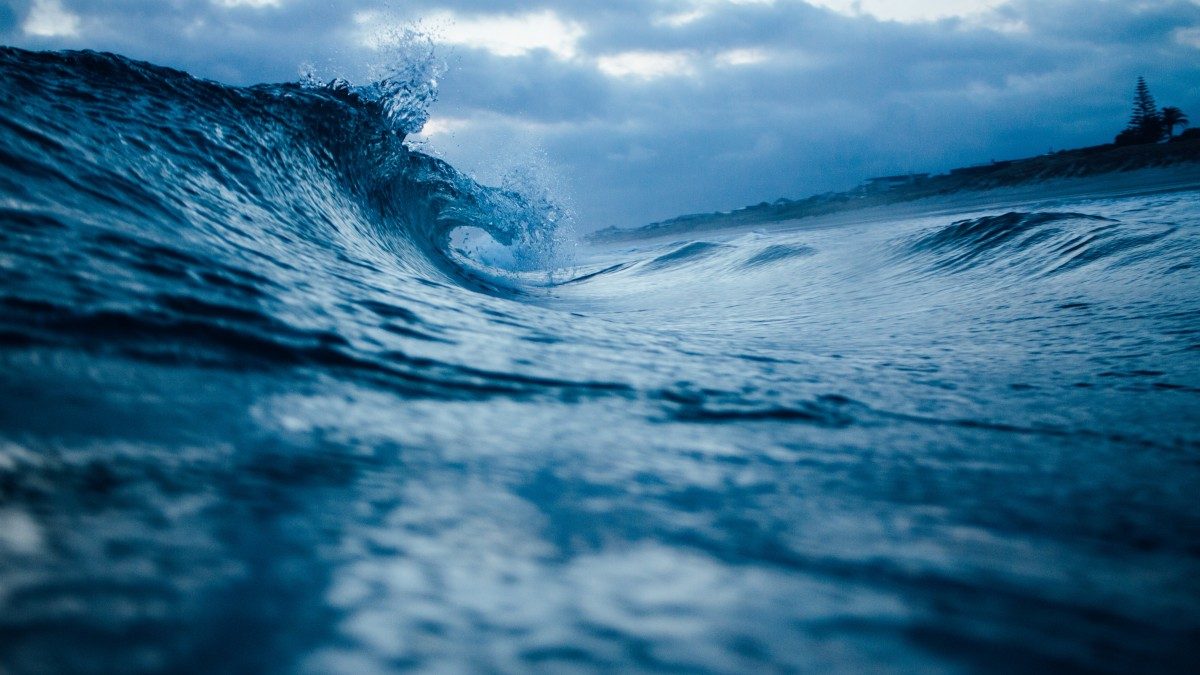ARIES PGRs will have access to a truly exceptional range of research facilities and experienced users across a diverse spectrum of the environmental sciences. Many of the ARIES Partners’ facilities provide important national or international capability, and many are formally UKAS ISO accredited, serving the complete range of academic, societal and business end-users.
For more information about the research facilities available to ARIES PGRs please see the listings below.



